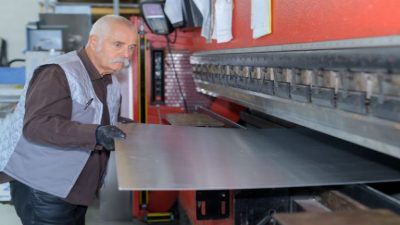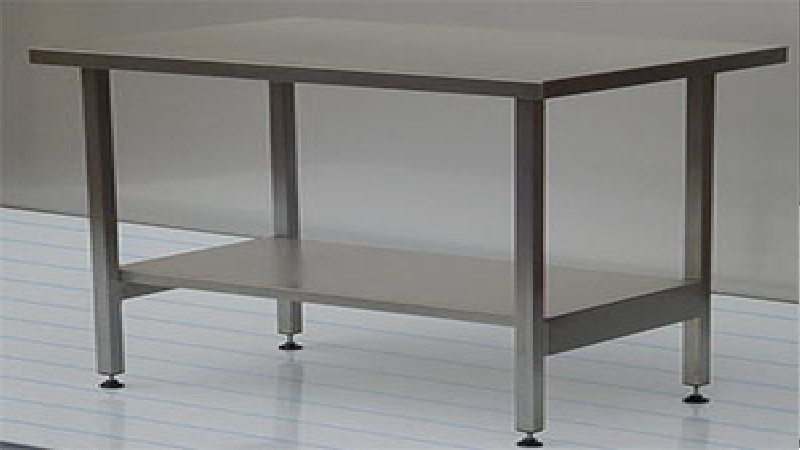In any workshop, maintaining high standards of finish and safety is crucial. One tool that plays a significant role in achieving these goals is the Deburring Tool. This essential instrument is designed to remove sharp edges, burrs, and imperfections from metal, plastic, or wood workpieces, ensuring both precision and safety during and after the manufacturing process. Selecting the right deburring tool can make a noticeable difference in the quality of your projects and the safety of your workspace.
The Role of Deburring Tools in Workshop Precision
Achieving smooth, accurate finishes is fundamental when working with raw materials. Burrs—tiny, often sharp protrusions—are formed during cutting, drilling, or machining processes. If left unaddressed, these imperfections can affect the fit and function of components. The right deburring tool enables you to:
-
Enhance Dimensional Accuracy: By removing excess material and smoothing edges, deburring tools help maintain the exact dimensions required for assembly and operation.
-
Improve Surface Finish: Proper deburring eliminates roughness, leading to a more polished, professional look and feel.
-
Prevent Material Weakness: Burrs can create stress points that compromise the integrity of a part. Removing them ensures long-term reliability.
Using a high-quality Deburring Tool is essential for workshops that prioritize precision, as it allows for controlled, consistent removal of unwanted material without damaging the workpiece.
Boosting Safety with the Right Deburring Tool
Safety should never be compromised in a workshop environment. Burrs and sharp edges pose multiple risks, including cuts, abrasions, and even more severe injuries. The right deburring tool significantly reduces these hazards by:
-
Eliminating Sharp Edges: Smooth surfaces minimize the risk of accidental contact injuries for both operators and end users.
-
Ensuring Consistent Safety Standards: Reliable deburring tools help maintain a consistent level of safety across all finished products.
-
Reducing Equipment Wear: Burrs can catch on gloves, clothing, or machinery, causing unnecessary wear or malfunctions.
By integrating effective deburring practices, you not only protect your team but also improve the overall safety of your workshop.
Choosing the Best Deburring Tool for Your Needs
Selecting the right deburring tool depends on the materials you work with and the types of projects you undertake. Consider the following factors when making your choice:
-
Material Compatibility: Ensure the tool is designed for the specific materials—metal, plastic, or wood—you frequently use.
-
Ergonomics: A comfortable grip and easy maneuverability reduce operator fatigue and improve accuracy.
-
Blade Quality: Durable, sharp blades provide clean cuts and require less frequent replacement.
-
Versatility: Some tools come with interchangeable blades or heads, making them suitable for a variety of applications.
Investing in a quality deburring tool tailored to your needs streamlines workflow, enhances results, and promotes a safer environment.
In summary, the right deburring tool is indispensable for any workshop focused on precision and safety. By effectively removing burrs and sharp edges, these tools help ensure dimensional accuracy, improve surface finishes, and safeguard both workers and equipment. Taking the time to select the best deburring tool for your specific tasks not only enhances your craftsmanship but also creates a safer, more efficient workshop environment.


